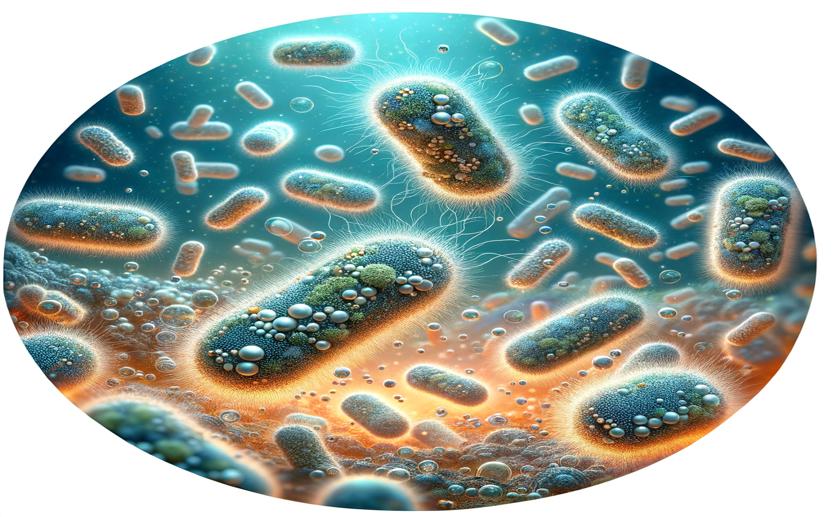
Understanding Nickel Balance in Microorganisms Through Genomic Analysis
Greg Howard
16th July, 2024

Image Source: Natural Science News, 2024
Key Findings
- The study by the University of Antwerp focused on cable bacteria found in marine and freshwater sediments
- Cable bacteria use unique conductive fibres containing a novel nickel cofactor for long-distance electron transport
- Researchers identified specific genes in cable bacteria that help them efficiently import, store, and utilize nickel
References
Main Study
1) Comparative genomic analysis of nickel homeostasis in cable bacteria
Published 15th July, 2024
https://doi.org/10.1186/s12864-024-10594-7
Related Studies
2) Natural occurrence of microbial sulphur oxidation by long-range electron transport in the seafloor.
3) Cable Bacteria in Freshwater Sediments.
4) Filamentous bacteria transport electrons over centimetre distances.



 12th June, 2024 | Jim Crocker
12th June, 2024 | Jim Crocker